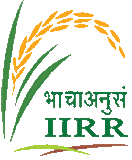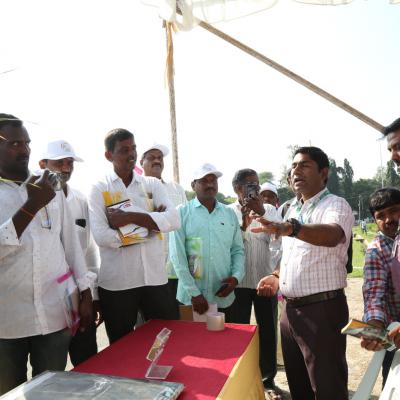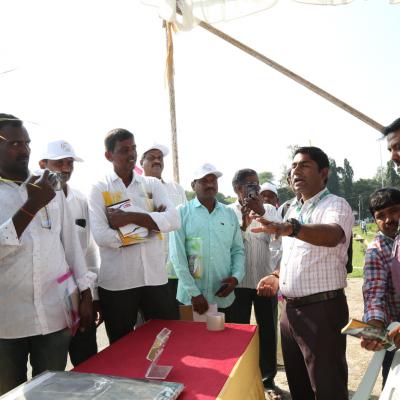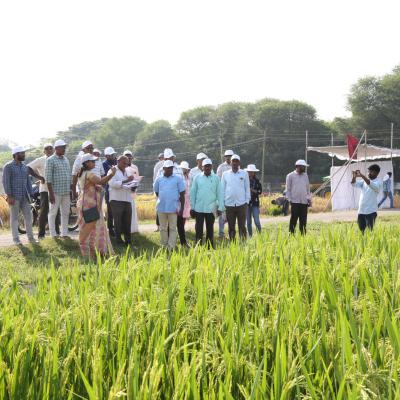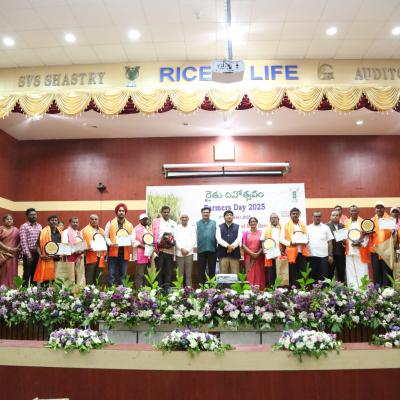Modified Leaf Colour Chart for Enhancing the Nitrogen Use Efficiency and Reducing the Cost of Cultivation
Technology Profile
Rice yields are decelerating or stagnating with indiscriminate use of chemical fertilizers, especially nitrogenous one due to its easy availability and cheaper cost causing environmental pollution and more incidences of pests and diseases. The tendency of increased application of N fertilizer is very common with our farmers, as they attribute the crop greenness and growth due to N application to yields of the rice crop. Blanket or package fertilizer recommendations over large areas are not efficient because of indegenous nutrient supply varies among rice fields.
- Hence there is a need to synchronize N fertilizer application to plant needs to optimize nutrient use and minimize environmental pollution
- The customized LCC developed at IIRR, Hyderabad on the basis of spectral evaluation of leaves of hundreds of varieties under different N levels can be used for real time N management by using the N application schedules (20-30 kg N/ha depending on the crop stage).
Context
Need: Balanced N application, timely application, as per the need of the crop
Existing practices: General broadcasting and application of higher nitrogen (2-3 times more than recommended
Potential losses: Nutrient losses, soil pollution, enhancing the pests and diseases
Areas: In all rice growing areas in Telangana and Andhrapradesh
Empirical Evidences
Demonstration yields and incomes
Increased N fertilizer efficiency at high yield levels is possible in hybrids and high-yielding varieties using a chlorophyll meter and LCC to monitor leaf N status and guide fertilize N timing in irrigated rice. These methods not only reduced N requirement (25%) but also improved congruence of N supply and crop demand than fixed timing of N application treatment
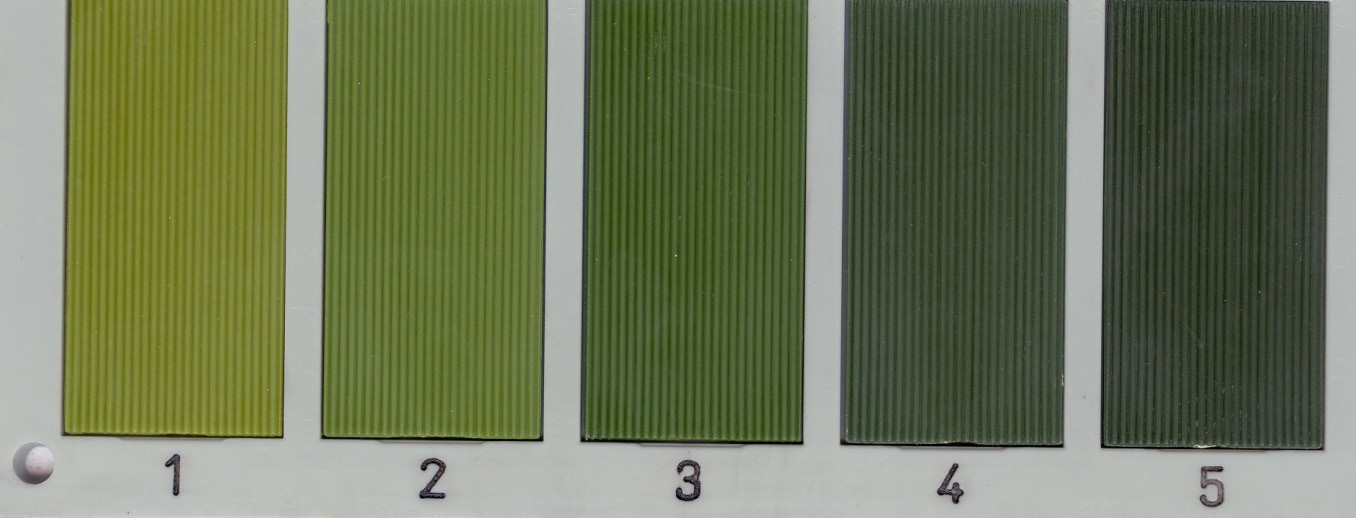
Practical utility/Scalability
- Saving in cost of nitrogen by 25%
- Improved soil health due to less Urea
- Reduced incidence of pests and diseases
- Most suited for irrigated rice system
Scalability:
- Already most of the State governments are supplying to Farming community
- Very easy to scale up
- Simple devise and practicable
Approximately 2 lakh farmers are using in the country in different states
